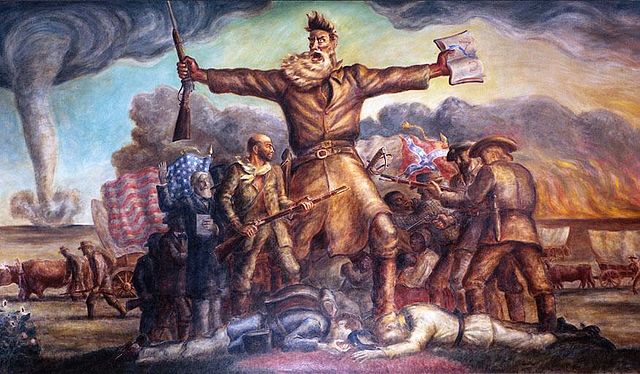A slew of news organizations, including the New York Times and the Associated Press have announced that they will now capitalize “Black.” The NYT invokes W.E.B. Du Bois’s push for “Negro” to be capitalized back in the 1920s. Du Bois’s colleague and rival, Alain Locke, shared Du Bois’s desire to leave behind the negative connotations of the “old negro” sharecropper in favor of a sophisticated New Negro brimming with political will and artistic potential. Another of their peers, James Weldon Johnson, preferred the term “Aframerican.”
AP explains that capitalizing “Black” conveys an “essential and shared sense of history, identity and community among people who identify as Black, including those in the African diaspora and within Africa.” Despite its focus on shared history, by using “essential,” this statement invokes the specter of racial essentialism, the belief that members of a race share a common, static identity. Racial essentialism has largely defined white people’s characterizations of Black people, from religion to crime. Positive examples, such as that Black people are–inherently–good at sports, are harmful in the long run because they reduce a group of people to a narrow, fixed identity. With a few caveats, the past several decades of scholarship have considered racial essentialism to be a major cultural and intellectual error.
An earlier generation of African American artists and intellectuals opposed racial essentialism by replacing “Negro” with “black.” In “Racism and Science Fiction,” Samuel R. Delany recalls “breaking into libraries through the summer of ’68 and taking down the signs saying Negro Literature and replacing them with signs saying ‘black literature.’” He explains that the “small ‘b’ on ‘black’ is a very significant letter, an attempt to ironize and de-transcendentalize the whole concept of race, to render it provisional and contingent.” When Delany saw “Negro Literature” signs at the library, it seemed to proclaim “All these books are the same. All these authors are the same.” For a pioneer of Black sci-fi, “Negro Literature” sounded like a ghetto.
Whereas Du Bois, whose writing often flirts with racial essentialism, wanted “Negro” to be capitalized, Delany, who grew up with “Negro” as the predominant label, preferred “black” because it mitigated against racial essentialism. In our current moment, however, it seems that the pendulum has swung back the other way, as the desire to inscribe the dignity of Black lives in print outweighs fears of racial essentialism.
It is, of course, entirely possible to support capitalizing Black without appealing to racial essentialism. Historian Nicholas Guyatt, for instance, emphasizes people of African descent’s shared heritage and experiences:
Another argument for capitalizing Black is that it draws attention to race as a constructed identity, rather than a biological reality. As Kwame Anthony Appiah notes, capitalization can “help signal that races aren’t natural categories, to be discovered in the world, but products of social forces.” The idea that race is socially constructed–that it isn’t rooted in biology–is a central tenet of scholarship on race across academic disciplines. In the words of the AP statement, “The lowercase black is a color, not a person.” Blackness was created first by racism, as people from all across Africa were artificially categorized as a single “race” and then imbued with new meaning by Black people themselves as they created a shared culture.
From Negro to colored to black to African American to Black, people of African descent identify more readily with different nomenclature as the cultural context shifts.

